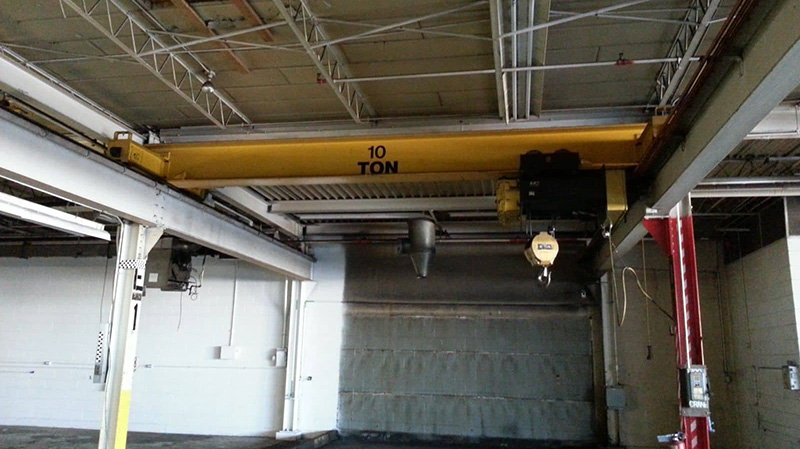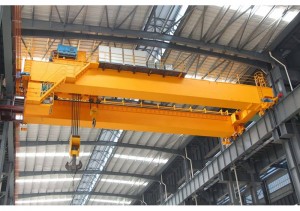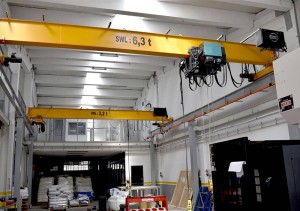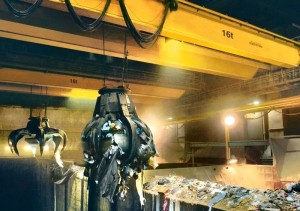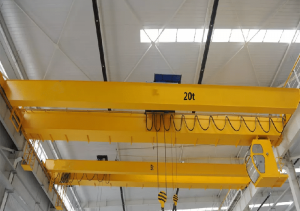
European Style Top Running Lifting Single Overhead Crane
Product Details and Features
The top running overhead crane has a fixed rail or tracks system installed at the top of each beam on the runway — this allows end trucks to transport bridges and lifts across the top of the runway system. Top running overhead cranes run on tracks over top of runway beams, thereby providing greater lift heights in buildings that are restricted by height.
Application
Top Running Overhead Crane are a perfect choice for medium-heavy service, and are commonly used at steel plants, foundries, heavy machinery shops, pulp mills, casting plants, etc. A Top Running Overhead Crane provides maximum height possible in a building, as the hoists and the trolleys traverse the top of the girder. Under running cranes provide flexibility, capability, and ergonomic solutions, whereas top running overhead crane systems provide high-lift advantages and and greater space above.
Top running overhead cranes are designed to traverse on top of a runway system, which is supported either from structural columns or building columns. SEVENVRANE engineers and builds all types of overhead bridge crane configurations including (but not limited to) a double-girder crane or single-girder crane, which can be installed as either top running or bottom running solutions. Top running overhead cranes can be configured as single or double girder bridge designs and are ideal for moving extremely heavy loads.

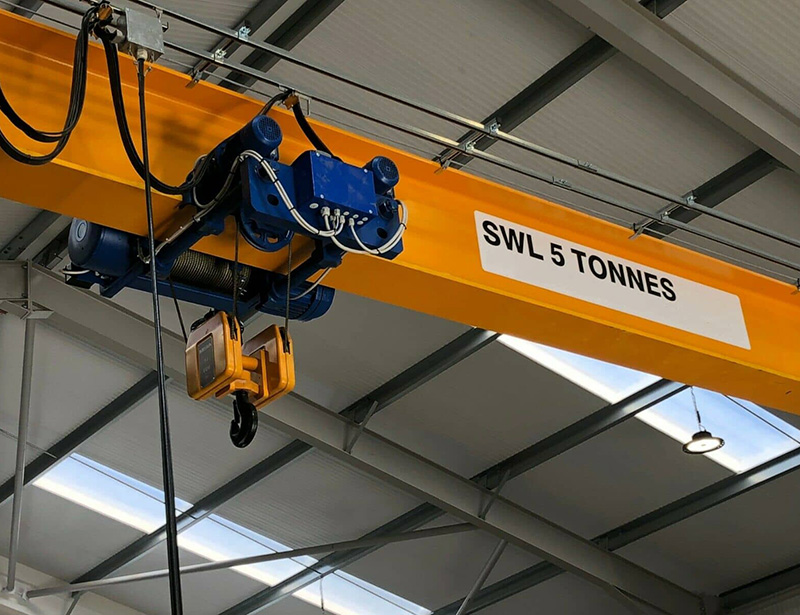
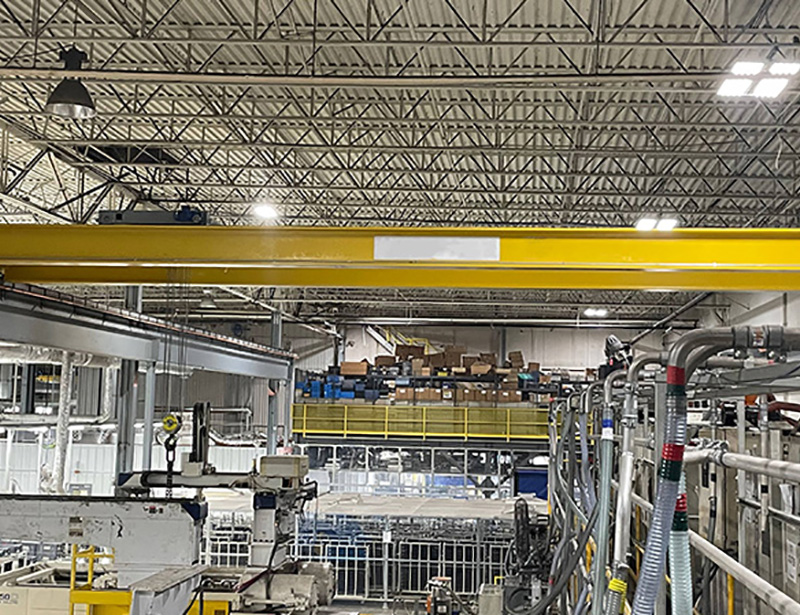

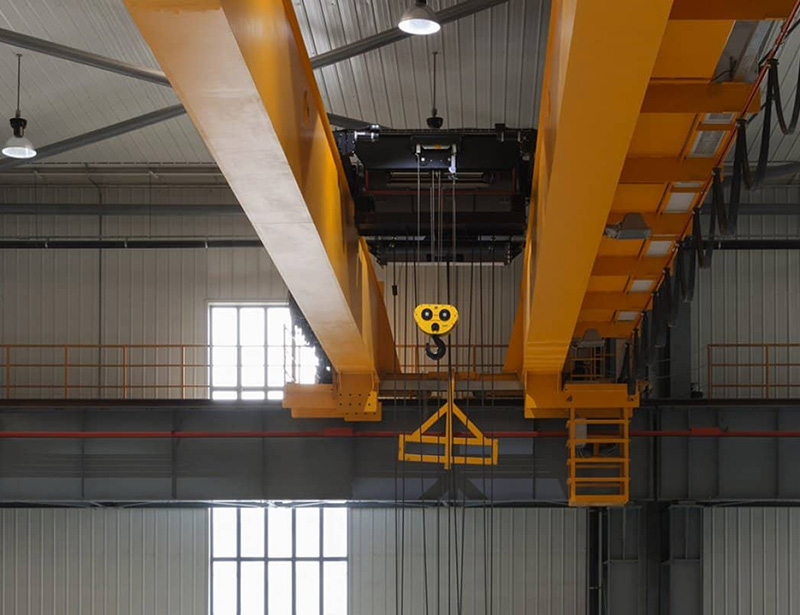
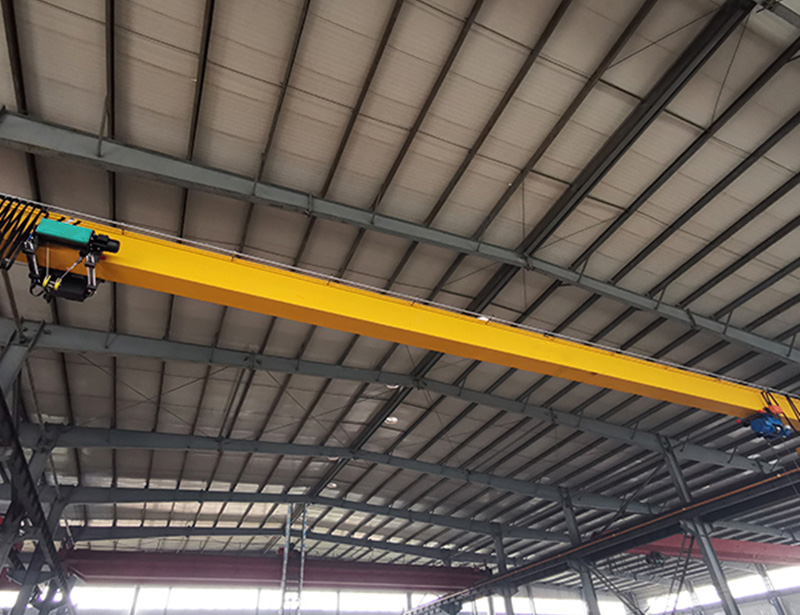

Product Process
Top running overhead cranes travelling over a bridge, and bottom running overhead cranes being in reverse. Underhung overhead cranes are generally used in lighter services, like lighter production, lighter assembly lines, etc., whereas the top running cranes above the bridge are typically used in heavier services, like foundries, larger manufacturing plants, and stamping plants.



